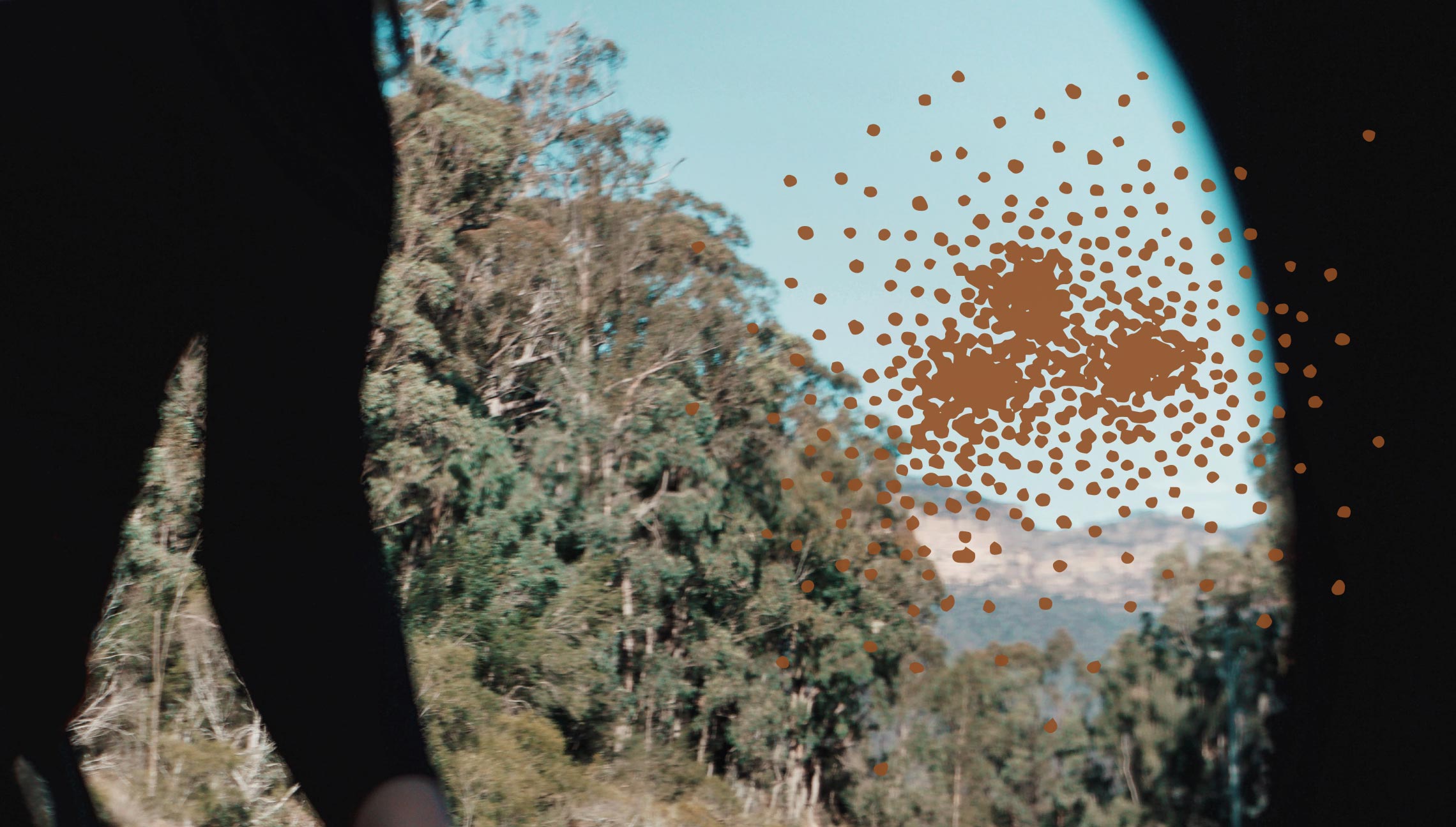Two lecturers and a PhD student from the School of Cybernetics at the Australian National University (ANU) are set to present research papers and deliver a workshop at the Association for Computing Machinery (ACM) CHI Conference on Human Factors in Computing Systems in May.
CHI is the premier research conference on computer-human interaction and gathers researchers and practitioners from around the globe to discuss the latest research breakthroughs in the field.
ACM is the world’s largest scientific and industrial computing society based in the US.
“Cybernetics is multidisciplinary by design; it’s exciting to see this multidisciplinarity represented in the works our school is bringing to CHI,” senior lecturer Josh Andres said.
The discipline of computer-human interaction aligns with the cybernetic approach, which believes technologies cannot be interrogated and imagined in isolation from the human and ecological aspects and the dynamic relationships between them all.
Andres will deliver a workshop on “inbodied interaction” focusing on how our bodies are in constant conversation with the environment to adapt to context and how we might use adaptation as a design resource. As a member of the SIGCHI (Special Interest Group—Computer-Human Interaction) Executive Committee, Andres will also co-run three special interest groups during the conference.
Andres is also the third author of an exciting paper that explores food as a computational artefact. His colleague, Jialin Deng, from Monash University led the research entitled “Logic Bonbon: Exploring Food as Computational Artefact” to create a dessert that allows diners to play and adjust the flavour using a fluid pump.
Lecturer Xuanying Zhu will also present her study “Evaluating Human Impressions of an Initiative-taking Robot” conducted with three other researchers from the ANU and Curtin University. The paper explored how robot initiative-taking behaviours influence human perception and emotion.
Meanwhile, PhD student Ned Cooper will present his study “A Systematic Review and Thematic Analysis of Community-Collaborative Approaches to Computing Research” conducted with researchers from Google and the University of California, Irvine. The study reviewed and analysed computing research papers that discuss participatory research with communities for the development of technological artefact and systems, published in the last 20 years.
CHI 2022 will be held in New Orleans in the US from April 30 to May 5.
You can read the research papers’ abstract below.
Research Papers#
Logic Bonbon: Exploring Food as Computational Artefact#
Authors: Jialin Deng, Patrick Olivier, Josh Andres, Kirsten Ellis, Ryan Wee, and Florian Floyd Mueller
Abstract: In recognition of food’s significant experiential pleasures, culinary practitioners and designers are increasingly exploring novel combinations of computing technologies and food. However, despite much creative endeavours, proposals and prototypes have so far largely maintained a traditional divide, treating food and technology as separate entities. In contrast, we present a “Research through Design” exploration of the notion of food as computational artefact: wherein food itself is the material of computation. We describe the Logic Bonbon, a dessert that can hydrodynamically regulate its flavour via a fluidic logic system. Through a study of experiencing the Logic Bonbon and reflection on our design practice, we offer a provisional account of how food as computational artefact can mediate new interactions through a novel approach to food-computation integration, that promotes an enriched future of Human-Food Interaction.
Evaluating Human Impressions of an Initiative-taking Robot#
Authors: Priscilla Kan John, Xuanying Zhu, Tom Gedeon, and Wan Zhu
Abstract: Social robots can be applied in different settings to enhance experiences for humans. Understanding physical and behavioural aspects of robot design is important to promote acceptance in human-robot interaction. In this study, we focus on robot initiative-taking as a behavioural aspect and investigate how it influences human perception and emotion during human-robot interaction. We built on previous work using questionnaires to evaluate user impressions in the presence or absence of robot activeness (initiative-taking). We also used Galvanic skin response (GSR) as a physiological measure to gauge participants’ emotion during interaction. Questionnaire analysis confirmed that generally active robot behaviour improved human impression. Moreover, the order of interaction seems to matter for participants to take more notice of robot initiative-taking. GSR analysis supported the questionnaire results, showing that on average participants were more emotionally aroused during an active interaction and that order of interaction somewhat mattered.
(*: Both authors equally contributed to the paper)
A Systematic Review and Thematic Analysis of Community-Collaborative Approaches to Computing Research#
Authors: Ned Cooper, Tiffanie Horne, Gillian R Hayes, Courtney Heldreth, Michal Lahav, Jess Holbrook, and Lauren Wilcox
Abstract: HCI researchers have been gradually shifting attention from individual users to communities when engaging in research, design, and system development. However, our field has yet to establish a cohesive, systematic understanding of the challenges, benefits, and commitments of community-collaborative approaches to research. We conducted a systematic review and thematic analysis of 47 computing research papers discussing participatory research with communities for the development of technological artefacts and systems, published over the last two decades. From this review, we identified seven themes associated with the evolution of a project: from establishing community partnerships to sustaining results. Our findings suggest that several tensions characterize these projects, many of which relate to the power and position of researchers, and the computing research environment, relative to community partners. We discuss the implications of our findings and offer methodological proposals to guide HCI, and computing research more broadly, towards practices that centre communities.

